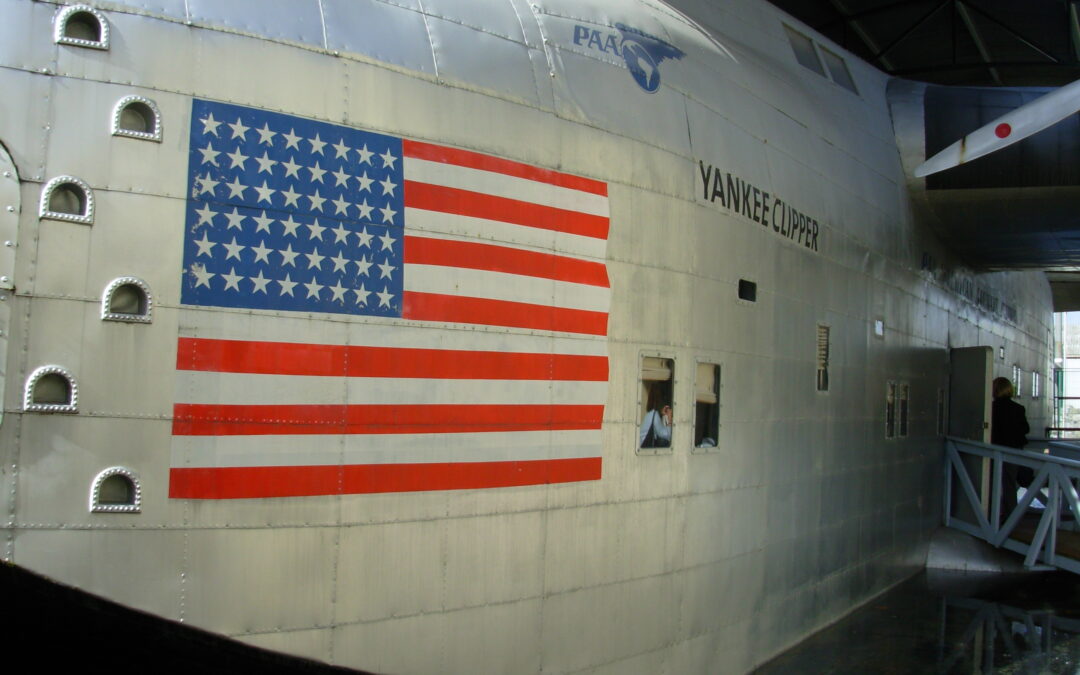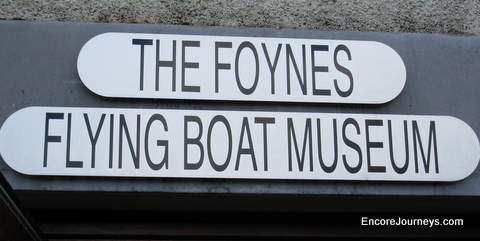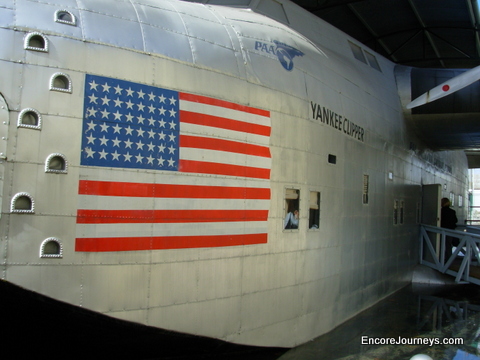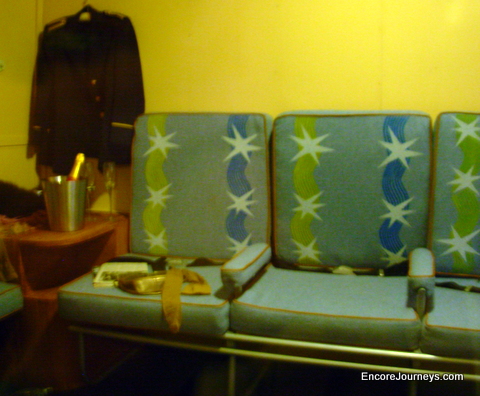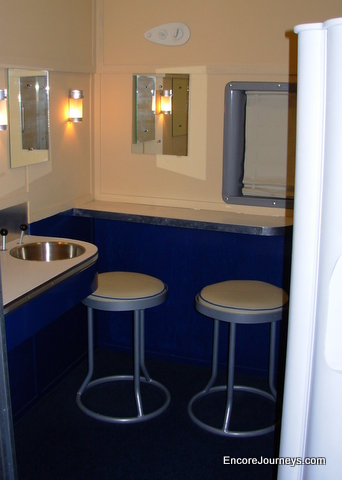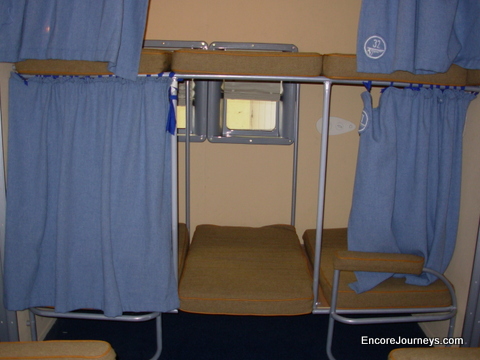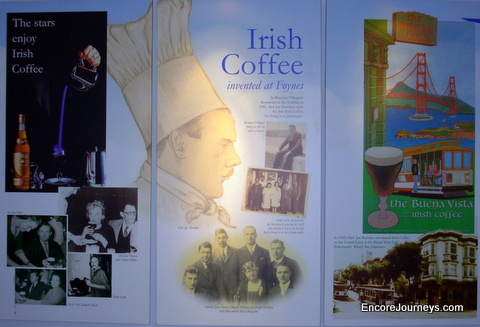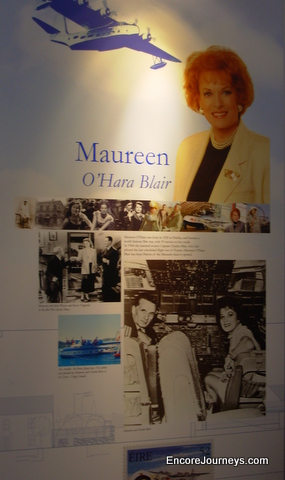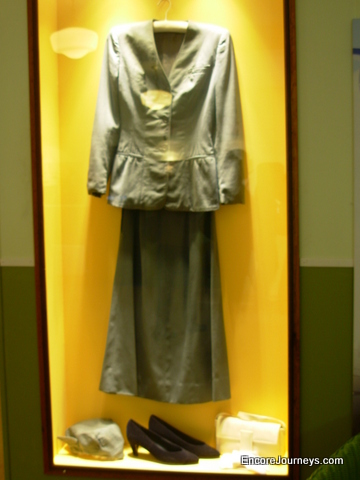Visiting the Foynes Flying Boat Museum in Shannon, Ireland
One look inside the Foynes Flying Boat Museum and you know you’ve stepped back in time. After Charles “Lucky” Lindberg crossed the Atlantic, the race was on to find the first company to build an aircraft that would carry passengers over “the pond” between North America and Europe. Today we see this as something not very significant. After all, we’ve been to the moon and back. But in the 1930’s this was huge.
Back then, ocean liners were the only means of travelers crossing the ocean and the voyage took between 7 and 15 days. Imagine, being able to cross in a few hours! So the race began with two competing companies– British Imperial Airways and Pan American Airways.
Our docent told us that Charles Lindberg choose the site of the Shannon River for the take-off and landing after flying over the coast of Ireland. The river provided a protection from winds. When flights had to land or take off during the night, local fishermen were dispatched to their boats. Here, with lanterns glowing, they lined up to light the way for the pilots.
The first commercial flights left on July 5, 1937 with the British Imperial airplane leaving Foynes and heading to Newfoundland and the Pan Am flight doing the opposite. Eventually, the Pan Am plane a called the Clipper III, proved to be the best suited for the flight.
The first paying passengers crossed the Atlantic in 1939, just two years after the test flights. The Clipper III held 19 passengers and 12 crew. By the standards of the day, this proved to be a very luxurious way to travel. The inside provided berths and cabins, a dining room, bathrooms and even a “honeymoon suite.” Only the wealthy and government officials flew aboard the Clipper III.
While the flights only lasted from 1939 until 1945, this airport had become one of the largest in the world. One particularly bad stormy night, the Clipper III left Foynes only to turn around a couple of hours later. The chef at the dining room wanted to warm up the passengers so he added some Irish Whiskey to coffee and invented Irish Coffee.
Eventually, concrete and a new location replaced the airport and once again Foynes became a quiet village. In 1976 Captain Charles Blair returned to Foynes and landed on the Shannon river as he had many times before. He was cheered on by his wife, Maureen O’Hara and many locals. Soon after, the idea for a museum commemorating the Flying Boat was born.
In 2001, with a federal grant and much fund raising, the old building was restored. Although none of the original 9 planes existed, Pan Am had the plans from the first Clipper III. A lovingly made replica was placed in the museum for all to see.
Seeing the film clips, the uniforms, the reconstructed plane and hearing the stories brings one back to another era. Thoughts of the Foynes Flying Boat Museum brings back fond memories. For you history and World War II buffs, you’ll want to add this museum to your “Must See ” list. There really is nothing else like it in the world! We’d love to incorporate this cute museum into your itinerary. Call us today to begin the planning process.

